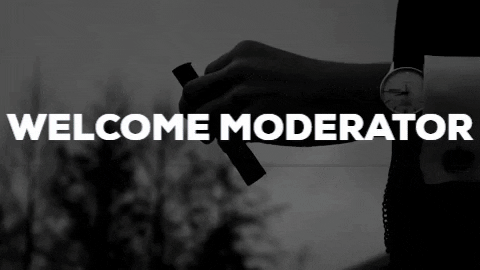Cameras and tripods. We passed the camera around in groups and each of us practised managing the camera, inserting the battery and memory card. You should say 'yours' and 'mine' when you pass the cameras around to avoid the risk of dropping it. We learned how to set up a tripod and use the spirit level to' bubble' it to help balance and focus the camera. We explored the camera such as how to focus. The exposure on the camera is adjusted by moving the dial up and down.
Rule of 180 degrees. We learned about the rule of 180 degrees. The 180-degree principle is a guideline for cinematography that states that two characters in a scene should have the same relationship between the left and the right. When the camera passes over the invisible axis that connects the two subjects, crossing the line is called, and the shot becomes what is called a reverse angle.
On the set We learned the terminology that was used on set in the film industry. Before filming, the director shouts' Standby' to make sure everyone is ready and when they are, they'll answer' Stand by.'
On the set We learned the terminology that was used on set in the film industry. Before filming, the director shouts' Standby' to make sure everyone is ready and when they are, they'll answer' Stand by.'
When the director shouts ' rolling,' everyone on the set must be quiet, then he / she shouts action telling the actors to begin. The director said the last cut after the shoot, he/she will say' strike the kit' which is the cue of the film crew to pack away, charge the batteries, and make sure the footage is uploaded.
Good practice in editing. We are using Adobe Premier Pro on the iMacs in the media studio. When uploading our footage, we should create a folder to keep the shots. These folders are called bins and the unedited footage from cameras are called rushes.




Good. This research will stand you and your production team in good stead.
ReplyDelete